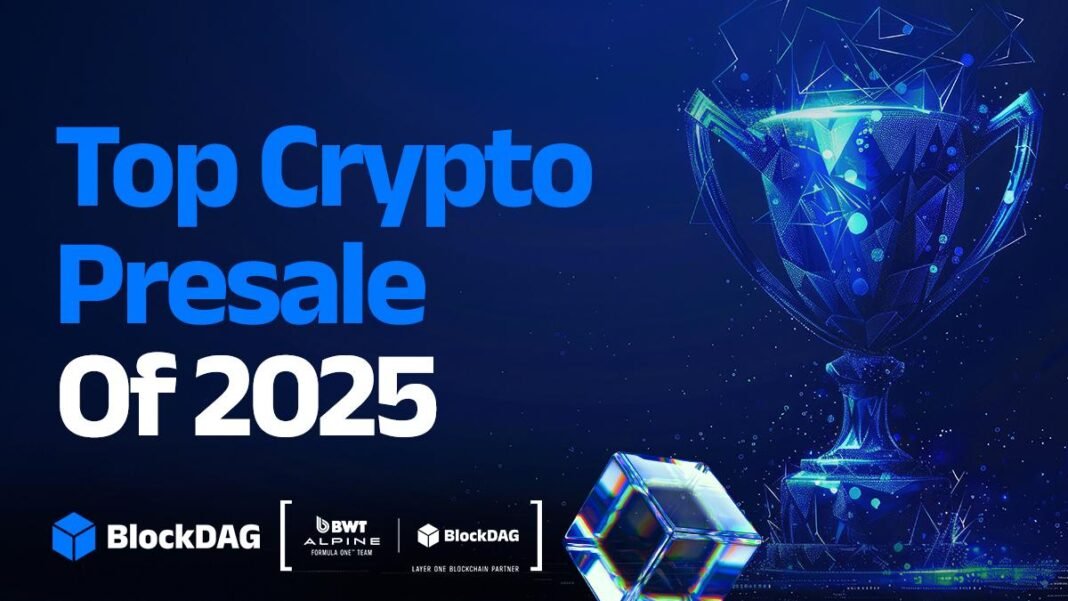Market Pulse
As October 2025 draws to a close, the Decentralized Physical Infrastructure Networks (DePIN) sector finds itself at a pivotal juncture. Once heralded as a nascent frontier for Web3, bridging digital incentives with tangible real-world infrastructure, DePIN projects are now grappling with the complexities of maturation. While innovative approaches to everything from decentralized wireless networks to environmental sensor arrays continue to emerge, the industry faces critical questions regarding sustainable tokenomics, scalability, and broad-based adoption beyond early enthusiasts.
The Promise and Reality of DePIN
DePIN leverages blockchain technology to incentivize individuals and communities to build, maintain, and operate physical infrastructure, disrupting traditional centralized models. This ranges from mobility data networks to energy grids and storage solutions. The vision is compelling: lower costs, greater resilience, and enhanced data privacy through decentralization. However, the path from proof-of-concept to robust, self-sustaining networks has proven intricate.
- Decentralized Wireless Networks: Projects focused on 5G and IoT connectivity have expanded coverage, particularly in underserved areas, but face challenges in competing with established telecom giants on both price and reliability.
- Sensor Networks: Environmental monitoring and air quality projects demonstrate significant data collection capabilities, yet the economic model for long-term sensor maintenance and data monetization is still evolving.
- Energy & Storage: Initiatives aiming to decentralize energy grids or provide peer-to-peer storage solutions show promise, but regulatory hurdles and substantial capital expenditure remain significant barriers.
Sustainable Tokenomics: The Core Challenge
One of the most pressing concerns for the maturing DePIN sector is the sustainability of its tokenomics. Early phases often rely heavily on inflationary token emissions to incentivize initial infrastructure deployment. As networks grow, a shift towards revenue generation and organic utility becomes imperative to avoid a ‘mining’ subsidy cliff. The balance between incentivizing growth and ensuring long-term value accrual for network participants is delicate.
Read Also: Decentralized Physical Infrastructure Networks: Navigating the Maturing Landscape of DePIN
Many projects are experimenting with:
- Usage-Based Rewards: Shifting from deployment incentives to rewards based on actual network usage (e.g., data transferred, tasks completed).
- Burning Mechanisms: Implementing token burn features tied to network revenue or service consumption to counteract inflation.
- Layered Incentives: Introducing secondary tokens or staking mechanisms to align long-term holders with network success.
Scalability, Security, and Interoperability
Beyond tokenomics, DePIN projects must demonstrate robust technical foundations. Scalability is paramount as networks expand from hundreds to hundreds of thousands of nodes. Ensuring the security of physical devices and the integrity of the data they transmit is non-negotiable, especially in critical infrastructure applications. Furthermore, the fragmented nature of the DePIN landscape necessitates greater interoperability, enabling different networks to communicate and share data seamlessly and enhancing overall utility.
Regulatory Landscape and Mainstream Adoption
The regulatory environment, particularly for physical infrastructure tied to blockchain, remains largely ambiguous. Navigating local and national regulations concerning spectrum usage, data privacy, and infrastructure ownership adds layers of complexity. For DePIN to truly go mainstream, it must attract not just crypto enthusiasts but also traditional infrastructure developers, businesses, and consumers who prioritize reliability and ease of use over the underlying technological stack. User experience and clear value propositions will be key differentiators.
Conclusion
The DePIN sector, by October 2025, has moved beyond mere speculation and into a phase of tangible development and crucial self-assessment. While the potential for decentralized, community-owned infrastructure remains immense, the journey ahead demands meticulous attention to sustainable economic models, robust technical execution, and strategic engagement with traditional industries and regulators. The coming years will be critical in determining which DePIN projects can successfully transition from innovative experiments to foundational components of our global physical and digital ecosystems.
Pros (Bullish Points)
- Potential for more resilient, cost-effective, and transparent infrastructure development.
- Opens new avenues for individuals to participate in and benefit from infrastructure creation.
Cons (Bearish Points)
- Long-term tokenomic sustainability and revenue generation models remain unproven for many projects.
- Significant regulatory hurdles and high capital expenditure can hinder widespread adoption.
Frequently Asked Questions
What is DePIN?
DePIN stands for Decentralized Physical Infrastructure Networks, which use blockchain and token incentives to encourage individuals to build and maintain real-world infrastructure like wireless networks or sensor arrays.
What are the main challenges facing DePIN projects in late 2025?
Key challenges include establishing sustainable tokenomic models, ensuring scalability and security of networks, navigating complex regulatory landscapes, and achieving mainstream adoption beyond early crypto enthusiasts.
How do DePIN projects differ from traditional infrastructure models?
DePIN projects decentralize ownership and operation of infrastructure, incentivizing participation through crypto tokens, aiming for greater resilience, lower costs, and community-driven development compared to centralized corporations or governments.






